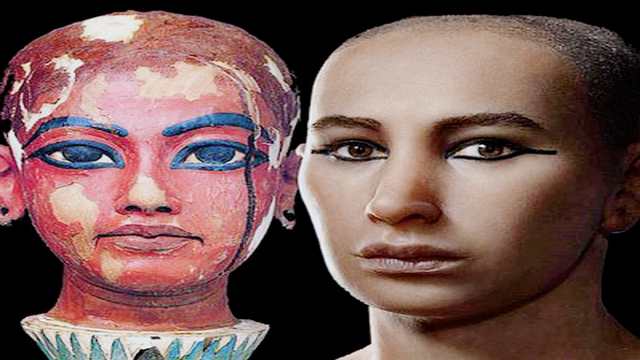In the world of archaeology, few discoveries captivate the imagination like those unearthed in ancient Egypt. The tomb of King Tutankhamun, or King Tut, has been a source of endless fascination since its discovery.
Among the numerous treasures found within, a collection of wine jars led a team of Spanish scientists in 2005 to analyze the residues to determine whether the young pharaoh preferred red or white wine. Their findings revealed the presence of syringic acid, indicating that the wine was made from red grapes. This discovery not only sheds light on the personal preferences of the boy king but also provides insight into the viticulture of ancient Egypt.
The Oldest Prosthetic Body Part
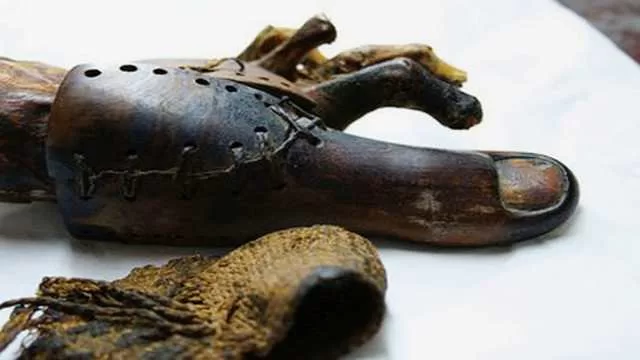
In 2005, archaeologists made a remarkable discovery in a tomb near Thebes: an artificial big toe attached to the foot of a mummy. This find could be the earliest known example of a working prosthetic body part. The intricately crafted toe, complete with its own mechanisms for attachment, demonstrates the advanced medical knowledge and craftsmanship of ancient Egyptian society. This prosthesis allowed its wearer to walk, highlighting the Egyptians’ understanding of human anatomy and their commitment to improving the quality of life for individuals with disabilities.
Child Mummy Unveiled
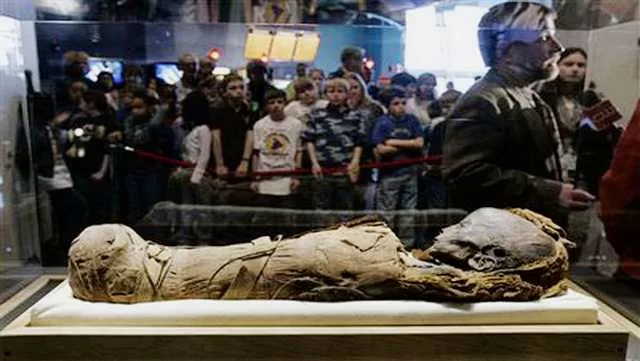
The mummified remains of a six-year-old Egyptian child, long hidden in the attic of its owners, were donated to the St. Louis Science Center in 1985. Researchers used CT scan technology to explore the mystery surrounding the child’s origins. The scans revealed details about the mummification process and provided clues about the child’s social status and health. This ongoing research continues to uncover the life and times of this young Egyptian, offering a poignant glimpse into the past.
Queen Hatshepsut Identified

In July 2007, authorities in Cairo announced the identification of a mummy discovered in the Valley of the Kings as Queen Hatshepsut, the female pharaoh who ruled in the 15th century BCE. This significant discovery was made possible through DNA analysis, marking the first identification of a royal Egyptian mummy since King Tutankhamun in 1922. Queen Hatshepsut’s reign is notable for its prosperity and architectural achievements, and this identification provides a physical connection to one of Egypt’s most powerful and enigmatic rulers.
Honoring an Ancient Dwarf
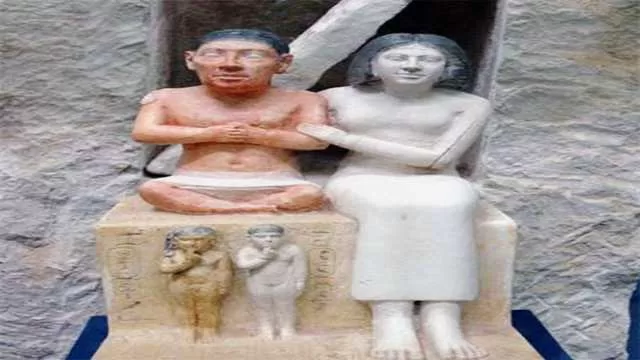
A statue honoring Seneb, an Egyptian dwarf who served under King Pepi II during the 6th Dynasty, was the subject of a study published in December 2005. The research concluded that dwarves like Seneb were respected and often held high positions in society. Seneb’s statue depicts him with his wife and children, showcasing the acceptance and integration of individuals with physical differences in ancient Egyptian culture. This respect for diversity is a testament to the inclusive nature of Egyptian society.
Discovery of Ancient Shipyard

In March 2006, archaeologists announced the excavation of a shipyard near the Red Sea, uncovering the world’s oldest sea-faring ships. The site, dating back 4,000 years, included wooden planks and cargo boxes, indicating that the ancient Egyptians had advanced shipbuilding skills and engaged in long-distance trade. This discovery highlights the maritime prowess of ancient Egypt and their ability to navigate and explore far beyond their immediate surroundings.
Lost City Found by Satellites
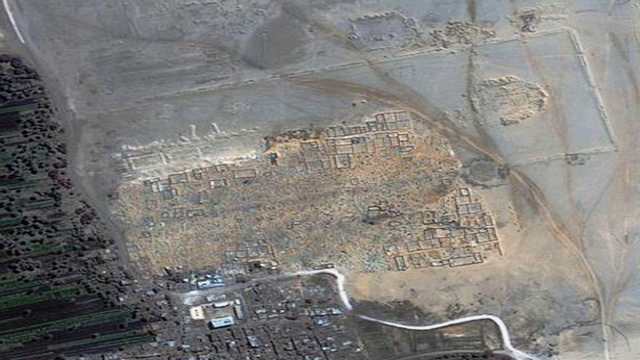
In July 2007, satellites located a 1,600-year-old Egyptian city, offering a new perspective on ancient urban planning and settlement patterns. The project aimed to map as much of ancient Egypt’s archaeological sites as possible. This technological advancement allows researchers to uncover and study ancient cities with unprecedented accuracy, shedding light on the daily lives, commerce, and culture of ancient Egyptian society.
Climate Study of the Great Sand Sea
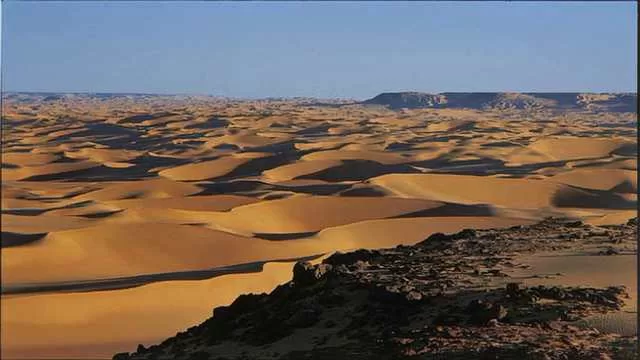
A climate study published in July 2006 revealed that the Great Sand Sea in the Eastern Sahara, now a vast desert, was once hospitable due to monsoon rains over 10 millennia ago. This fertile period supported human and wildlife populations, indicating significant climatic shifts over time. Understanding these historical climate changes provides context for current environmental conditions and human adaptation strategies.
Ancient Frolicking Depicted in Art
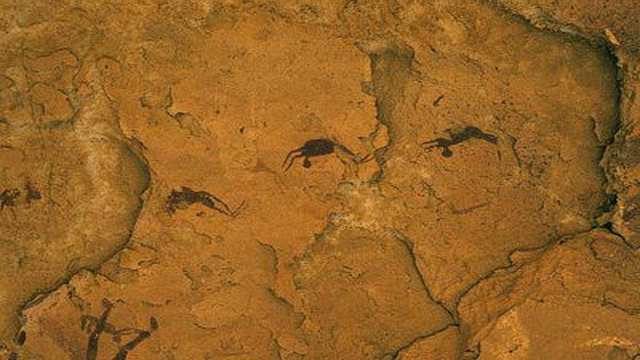
Artistic depictions of swimming activities found in a cave in southwest Egypt provide evidence that people once frolicked in rain pools 8,000 years ago. These activities occurred before the monsoon rains ended, leaving the Sahara uninhabitable. These ancient artworks offer a glimpse into the recreational activities and environmental conditions of early human societies in the region.
Exceptional Mummy Preservation
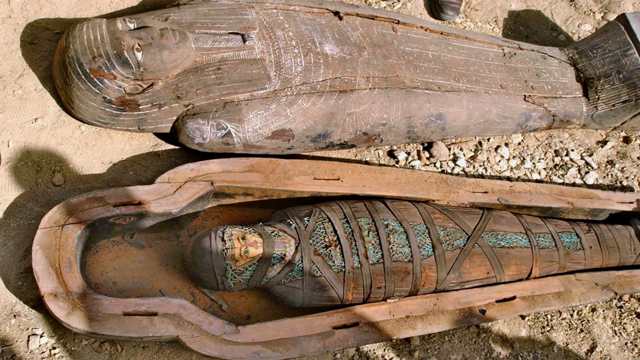
In 2005, archaeologists exploring a 2,500-year-old Egyptian tomb discovered three intricate coffins, one containing an exceptionally well-preserved mummy. This mummy was hailed as “one of the best mummies ever preserved.” The high level of preservation provides valuable information about the mummification techniques and religious practices of ancient Egypt.
Egypt Demands Return of Artifacts
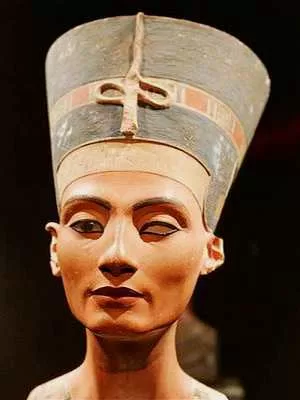
In April 2007, Egyptian officials demanded the temporary return of some of their most precious artifacts, including the Rosetta Stone and the bust of Nefertiti, claiming they were taken illegally. This request highlights the ongoing issues of cultural heritage and the repatriation of artifacts. Returning these items would allow Egyptians to reconnect with their cultural heritage and educate future generations about their rich history.
Secrets of the Pyramids
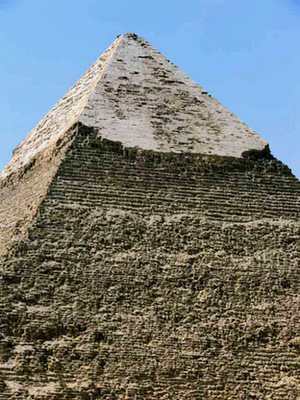
Research has suggested that some of the stone blocks used to construct the Great Pyramids of Giza were cast rather than carved and quarried. An examination of the stones revealed that the outer and inner casing stones were likely not chiseled from natural limestone. This finding challenges long-held beliefs about the construction techniques of these ancient wonders.
King Tut’s Facial Reconstruction
In 2005, forensic scientists and artists completed the first-ever facial reconstruction of King Tutankhamun using CT scans of his mummified remains. The reconstructed face closely resembled ancient portraits of the young pharaoh, providing a tangible connection to this iconic figure. This reconstruction helps humanize King Tut, allowing modern audiences to relate to him as a real person rather than just a historical figure.

